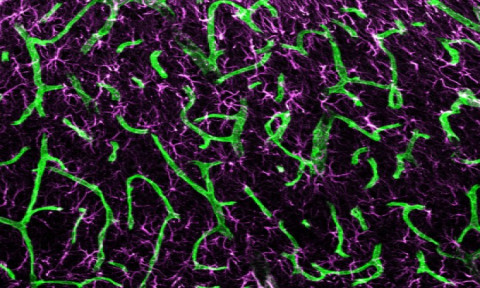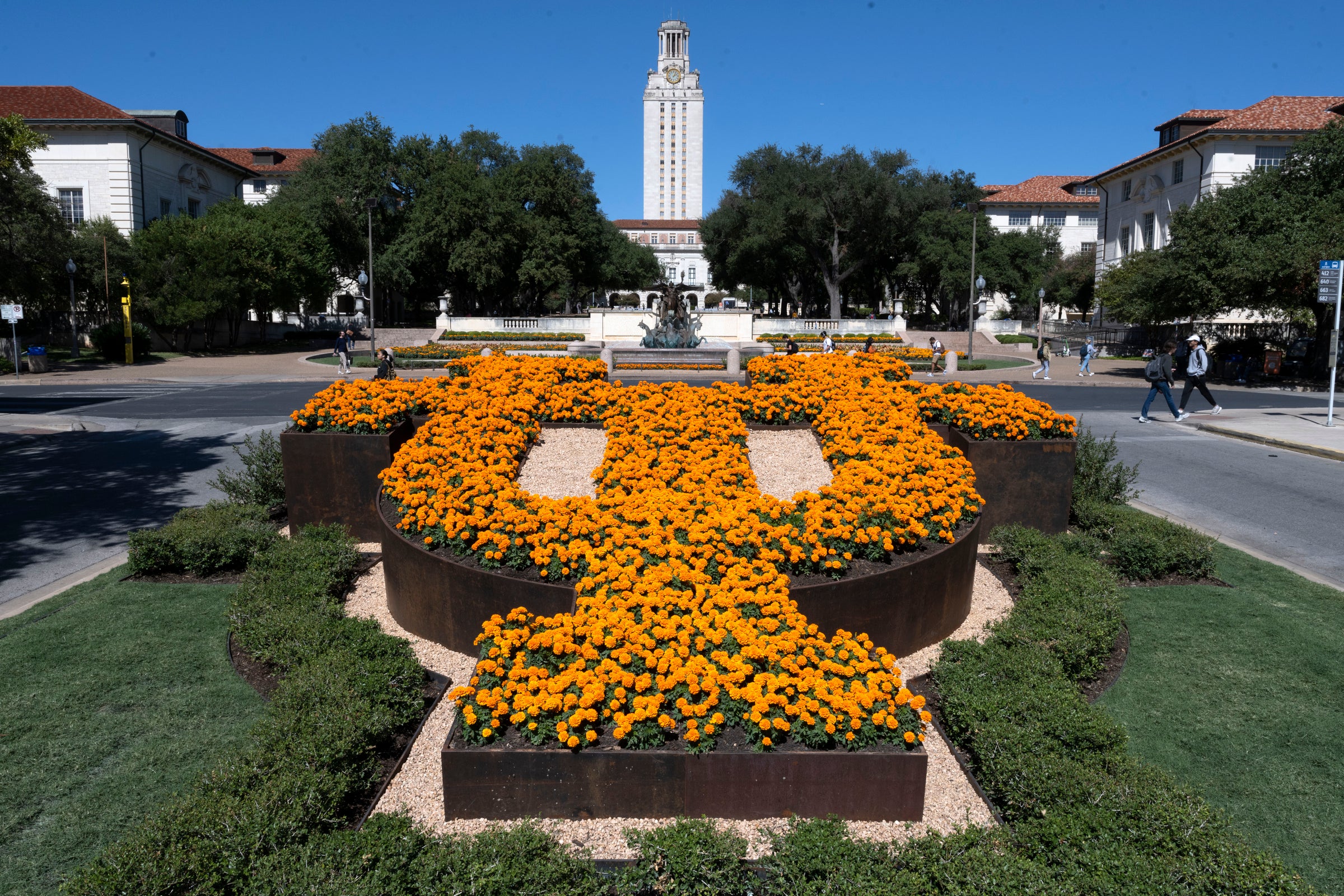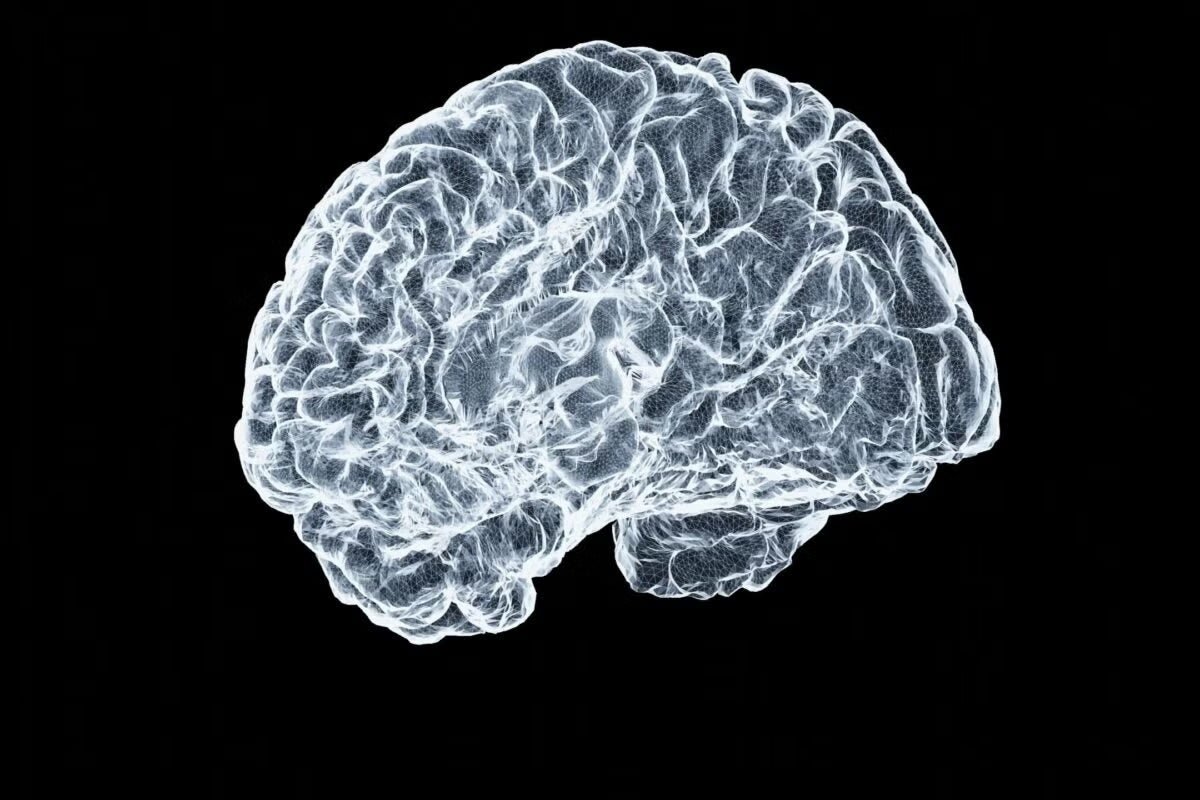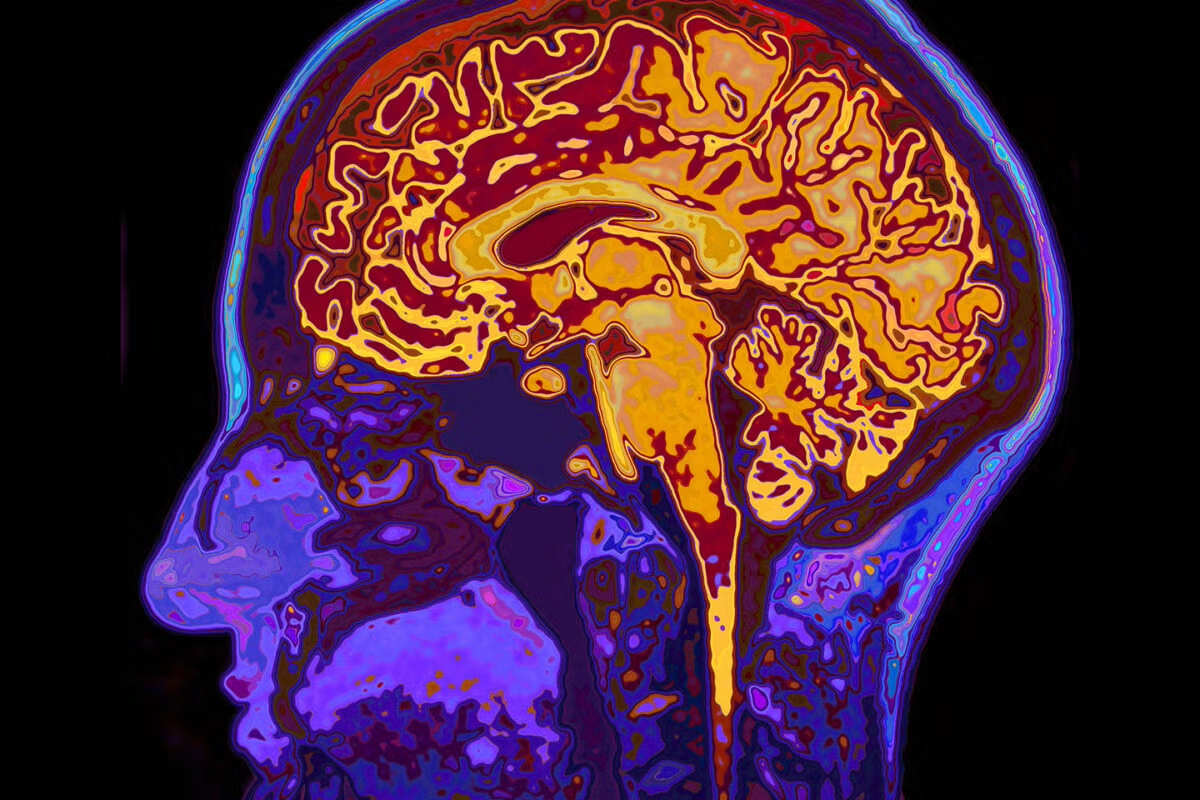Discovery about Brain Cells that Promote Healing from Strokes Offers Treatment Insights
A type of cell once thought to hinder recovery in stroke patients may actually promote the healing process.

Blood vessels, shown in green, and astrocytes, shown in magenta, adjacent to a stroke. Image by the University of Texas at Austin.
Researchers at The University of Texas at Austin have found a particular type of cell once thought to hinder the recovery process in people who have suffered strokes may actually promote the healing process following a brain injury. The findings, published April 27 in the journal Cell Reports, provides new insights for researchers seeking treatments for stroke and brain injury.
"Stroke is one of the leading causes of death and disability worldwide and there's really no treatment for stroke outside of conventional rehabilitation, which, unfortunately, often has very limited benefits," said Michael Williamson, a neuroscience graduate student in the Institute for Neuroscience at UT Austin and the lead author of the paper. "We want to understand the underlying mechanisms in recovery."
A type of cell in the brain called an astrocyte creates scar-like barriers following a stroke – and scientists long believed that this probably gets in the way of healing and recovery. Astrocytes are one of the most abundant cells in the brain and are responsible for maintaining stasis. But when blood flow is cut off to a portion of the brain, as happens during strokes, astrocytes become reactive, forming scar-like tissue around the injury.
The study found that instead of inhibiting growth of new tissue, as previously thought, astrocytes were promoting growth and repair.
"We found that these reactive astrocytes are helping to repair and facilitate the growth of new blood vessels after stroke, and this was associated with improved recovery," Williamson said.
The brain has a very limited ability to heal itself after an injury, Williamson said, but knowledge about processes that contribute to any healing could be key for new treatments.
"Once we understand how the brain repairs itself," he explained, "we can then start to target therapies to boost those natural regenerative responses."
Williamson came to the realization that the astrocytes may be a help and not a hindrance when he was studying genetic data of the cells.
"In the area of an injury, I was seeing that astrocytes were expressing all these genes associated with regenerative and reparative processes and that caught my attention," Williamson said.
The research drew no conclusions about astrocytes and other brain conditions. In some degenerative neural conditions, like Alzheimer's and Parkinson's disease, it seems like reactive astrocytes are contributing to cell death, Williamson noted, adding that more study would be needed to know for sure.
Cathleen Joy A. Fuertes, Andrew K. Dunn, Michael R. Drew and Theresa A. Jones of the University of Texas at Austin also contributed to the research. The research was funded by the Canadian Institutes of Health Research and National Institutes of Health.



